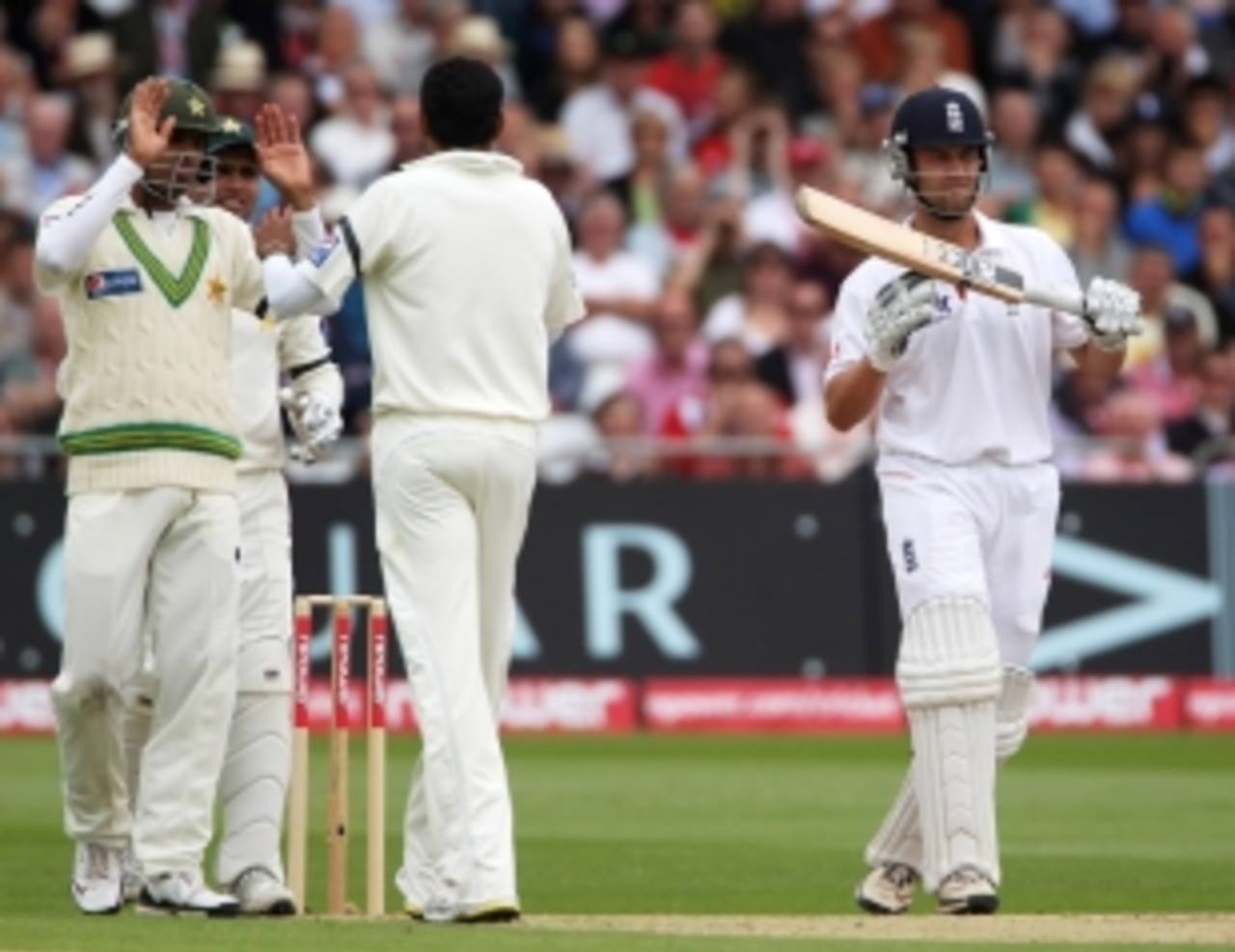The ICC chief executives' committee (CEC) has unanimously agreed to make a modified version of the Decision Review System (DRS) mandatory in all Tests and one-day internationals. The mandatory terms and conditions for the DRS that have been recommended to the executive board for approval consist of infra-red cameras and audio-tracking devices. The ball-tracking technology has been removed from the ICC's original compulsory list of DRS technologies.
This means India will, for the first time since 2008, be agreeable to using the DRS in a bilateral series when it tours England in July.
However, the DRS used in the England-India series will be without ball-tracking technology. For example, if the ball pitches outside leg stump and the batsman is given lbw, he can appeal against the verdict but the third umpire will not have the benefit of ball-tracking technology to ascertain where the ball pitched. On the other hand, if a batsman is given lbw and he thinks he hit the ball, the Hot Spot will resolve whether there was an edge or not.
The pitch mat was brought up during the discussion as the one element of the ball-tracking technology that could be used in the DRS so that the lbw could be covered using two technologies. It was, however, rejected by the BCCI, which did not want any element of the ball-tracking technology to be part of the modified mandatory requirements for the DRS.
While Hot Spot is the only infrared, thermal-imaging camera available in cricket, audio tracking referred to the high quality "clean and real time" replays from the stump microphones, and not the Snicko, an ICC official confirmed.
The CEC, which also approved the cricket committee's recommendation to reduce the number of unsuccessful reviews in ODIs from two to one, decided that the continued use of the ball-tracking technology as a decision-making aid will depend on the bilateral arrangement between the participating teams. Further independent and expert research will be carried out into the accuracy and reliability of ball-tracking technology.
A decision on how the cost of the DRS would be divided will be taken later. Last week, BCCI vice-president Niranjan Shah had
said that the cost of using the DRS was as high as $60,000 per match. According to the ICC, however, that figure is closer to $5000 per day, with a maximum of $25,000 being spent on DRS per Test.
